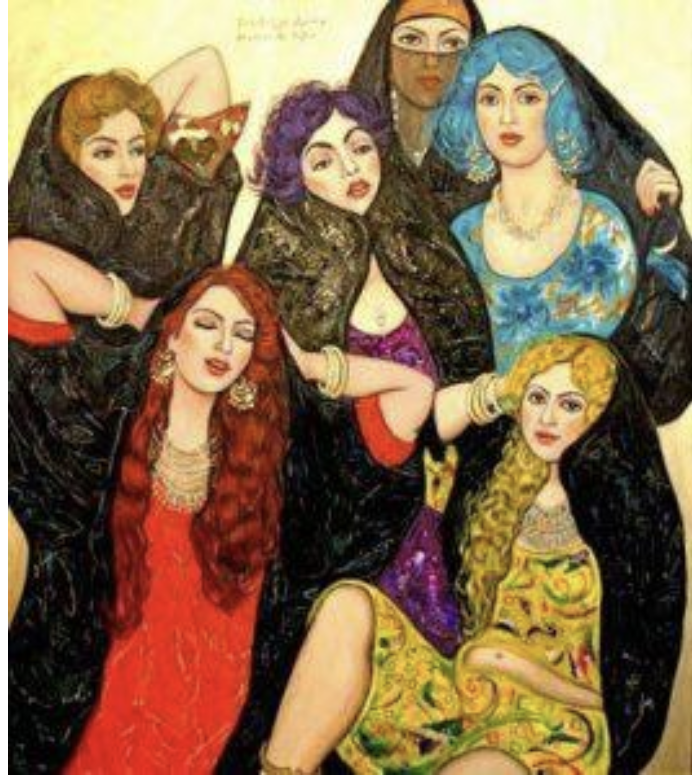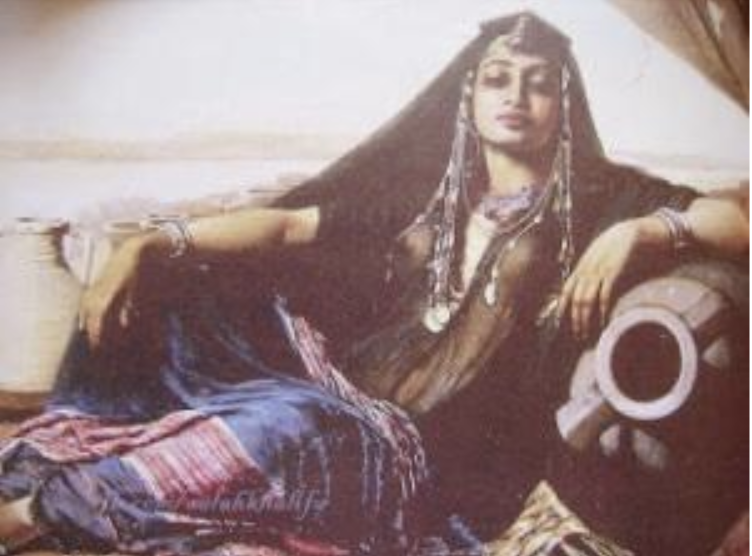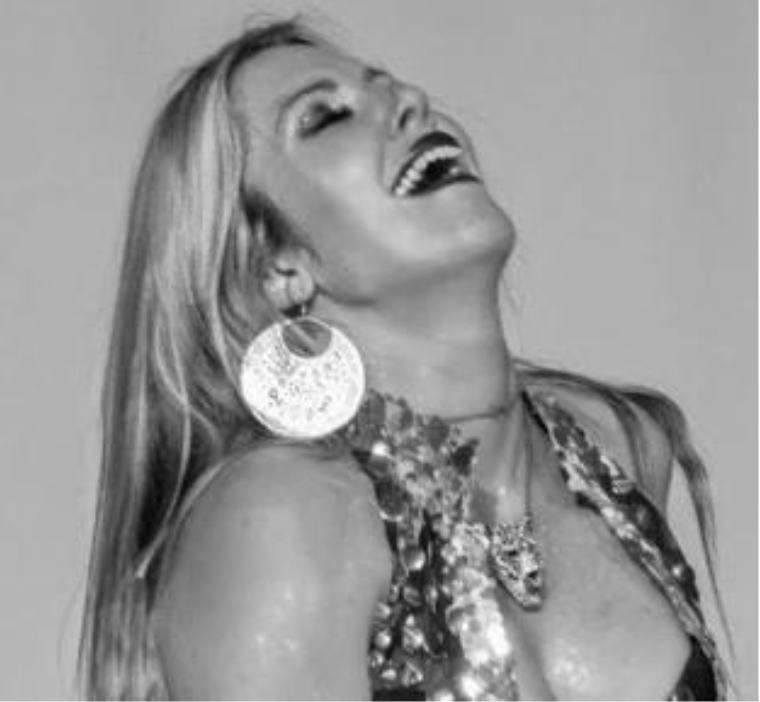What is (Egyptian) Oriental Dance?

The so called “Egyptian” Oriental dance style has often been talked about, chased and even taught without a clear understanding of what it really means.
As I assisted the Master Mahmoud Reda (search for “Reda Troupe”) on his choreographic and teaching work, I met a lot of dancers who popped out of every corner of the world in order to study with him, yet not knowing exactly what he was teaching. Was it Egyptian dance? Oriental? Folklore? What, exactly?
I often ended up in charge of teaching those dancers. I would first explain what Mahmoud Reda teaches (not “Raks Sharki” – Oriental Dance – aka bellydance but his version of the Egyptian Folklore he recovered and re-invented around 50 years ago). After explaining the difference between EGYPTIAN FOLKLORE and “RAKS SHARKI” or Oriental Dance, I would go deeper into the EGYPTIAN DANCE STYLE and what it makes it so special and – in my opinion – the most interesting of all Oriental Dance styles (you can easily observe the differences between the Egyptian, Lebanese, Turkish and Moroccan oriental dance styles).
What was Oriental Egyptian Dance in the past and what is it NOWADAYS?
First, let me add there are different styles of Egyptian oriental dance (classical, modern, baladi, shaabi – just to name the main ones). Let me also tell you I understand how hard it is to identify each one of these styles if you didn´t have the personal and professional experience of living and performing in Egypt for a while.
I learned how to recognize each style – music and dance wise – through daily life and work in Egypt, time, experience, practice. Each style has its own correspondent people, context, music, clothes and posture (mental, physical, emotional, spiritual). What connects all these styles is the EGYPTIAN FLAVOUR, the origins that have not changed throughout the centuries and all the changes Egypt and its people have been living. We could ask what differentiates the Oriental Egyptian style from Oriental Dance of another neighboring countries.

My first answer would be: the FEELING and the SOUL of the music and the same response required from the dancer.
In no other style you will find so much emphasis on the FEELING of the music. The tempo and melodic structures of Egyptian dance help a great deal to this FEELING focus. Other styles – like the Turkish, for instance – work around much drier and faster rhythms that make feeling and “being in the moment” practically impossible. Egyptian music gives you the time to enjoy each moment and is embroidered around the concept of “Tarab” which is supposed to drag you into that oh so very special internal space of FUSION and ECSTASY through and with the music.
We can also affirm that Egyptian Oriental Dance – in the past and now, more than ever – is the most complete of all styles because it moves internal and external (mind-heart-spirit and body); it works all parts of the body (despite the general idea associated with “bellydance” that seems to limit the movement range only to the belly and hips); it has a wide emotional palette of colors that goes from dark sad blue to the brightest of the joyful oranges and red tones (you are expected to explore all kinds of human emotions in this dance: from the happiest to the saddest, the most introspect to the most extroverted: all that we are and more!); it´s the richer of all Oriental Dance styles (in a big percentage due to the music) because it entails a mix of different dynamics, rhythms, musical details and nuances that request a sophisticated, sensitive and original approach to dance and movement.

- It is also the most fun of all Oriental Dance styles and this comes directly from the Egyptian people and their daily tendency to joke, socialize, celebrate, laugh at the best and the worst situations and not taking themselves too seriously.
- Egyptian dance had – and still has – what is known in Egypt as “labba” (game or playful). The “labba” is – in its turn – an important part of the Egyptian sensuality that is flirty, extremely feminine and self-assured and – essentially – natural and good.
- The Egyptian oriental style possesses another special treat born from Egypt: a religious focus mixed with organic, outrageous sensuality. The religious focus is deeply connected with the “Tarab” (already mentioned) and the sensuality is – when experienced without any distortion – the reflection of a person (dancer, in this case) that truly enjoys him/herself and the pleasures (physical and others) that the body can offer when marrying the music.
Why did I choose Egyptian Oriental Dance for my Path and Career?! Well: I didn´t choose it. It chose me.

In love with Life*
(some of the precious gifts this Magical Dance has offered me). Thankful.
Why do I keep falling in love with this particular style – even after seeing and experiencing the darker side of its coin?! I guess it´s because it´s a style of dance that teaches more about myself, other people and life than any other socially accepted University of the world.

50% Complete
Two Step
Lorem ipsum dolor sit amet, consectetur adipiscing elit, sed do eiusmod tempor incididunt ut labore et dolore magna aliqua.